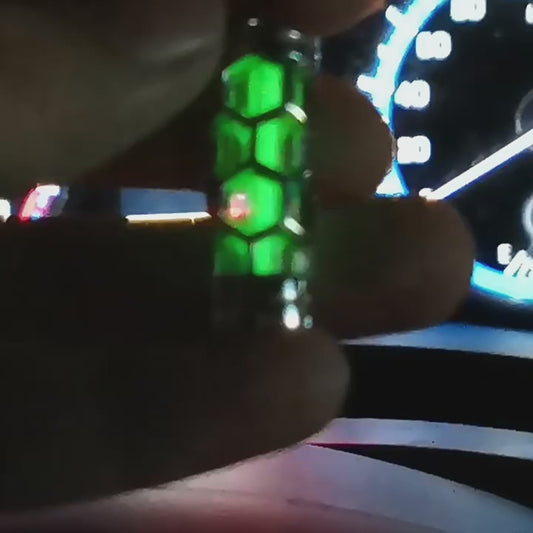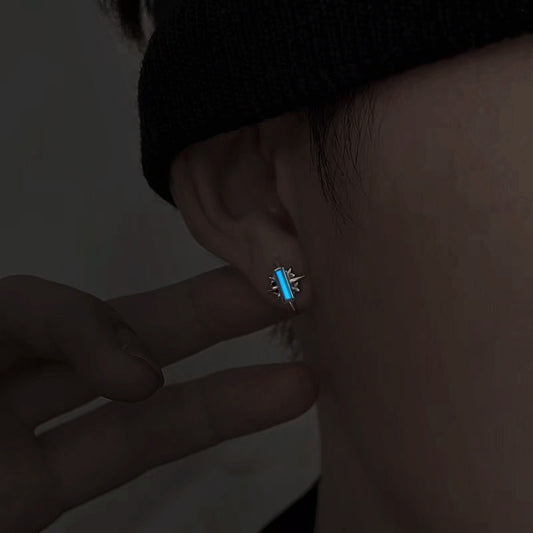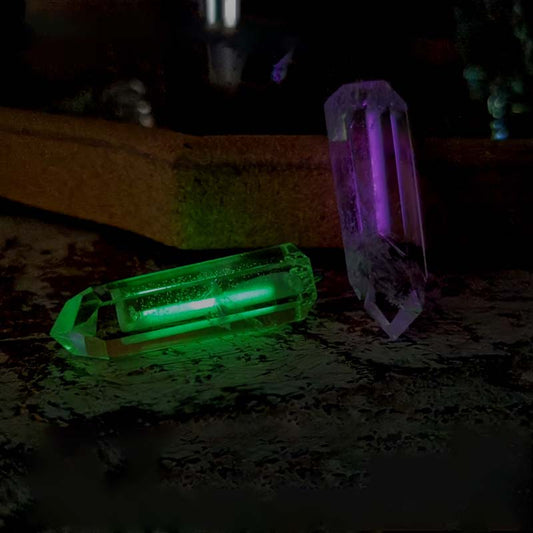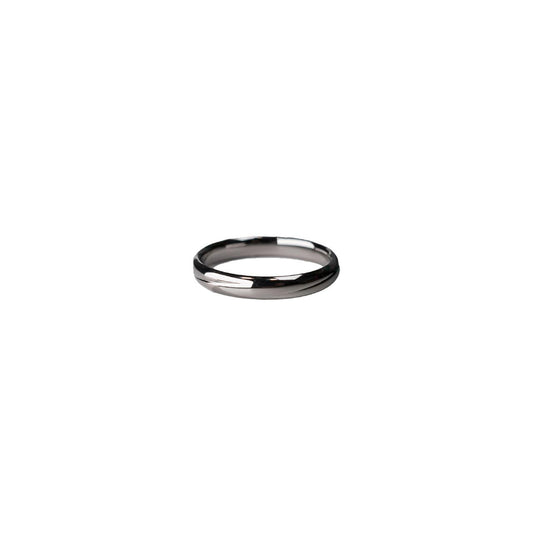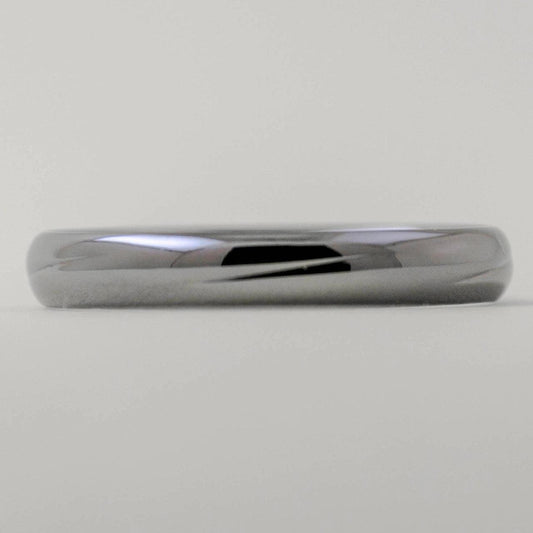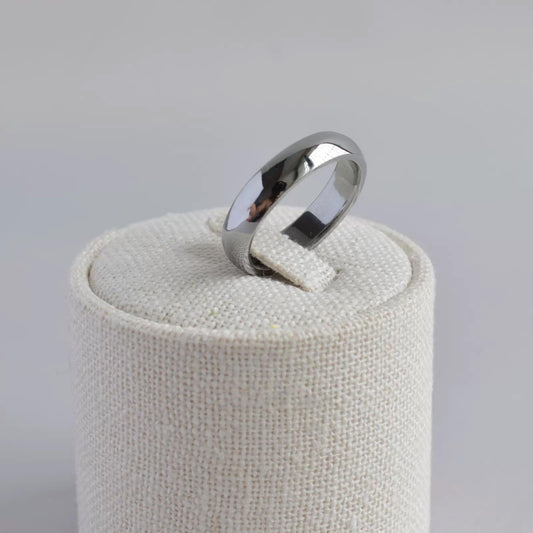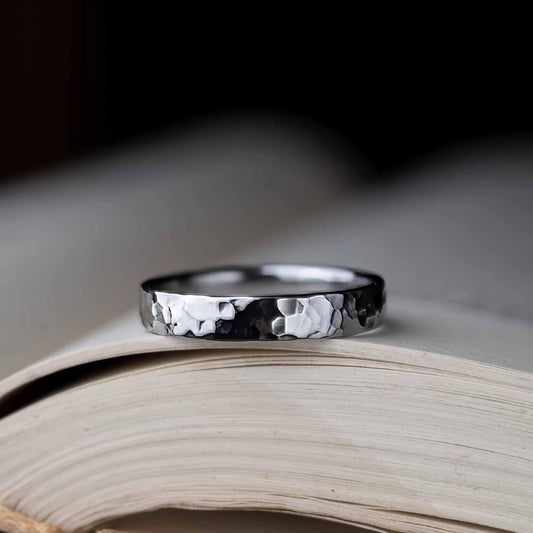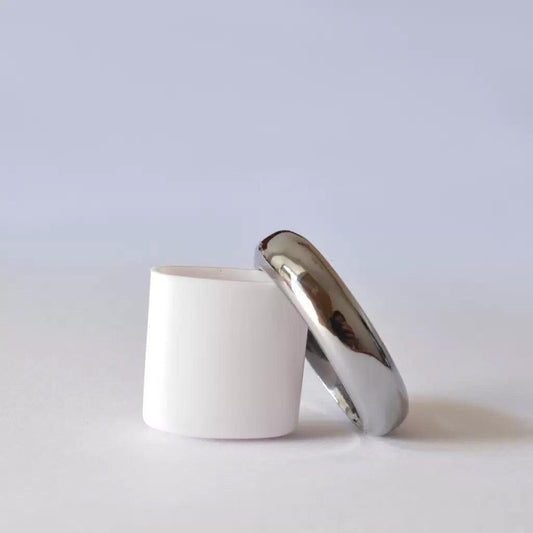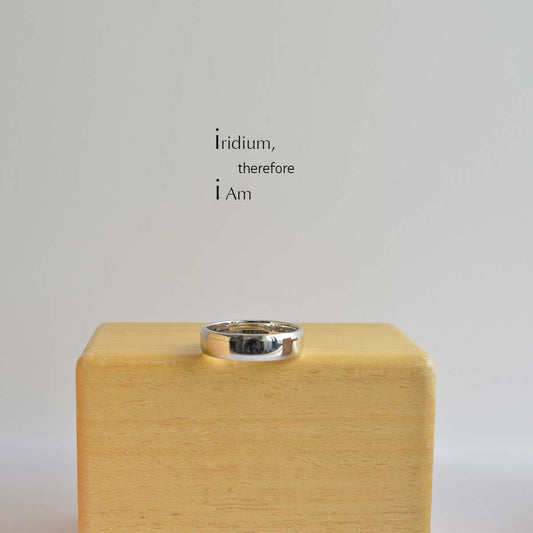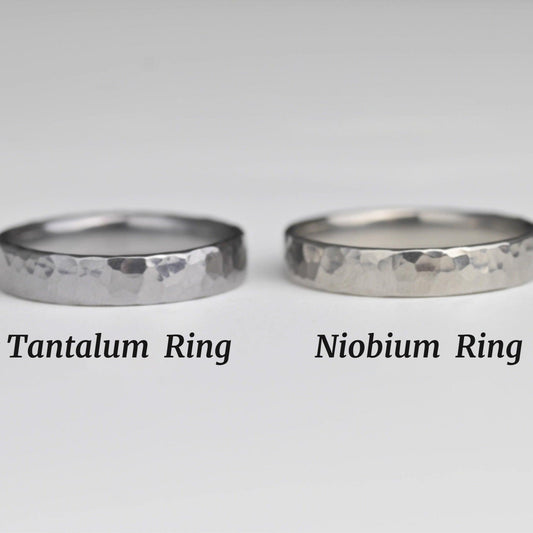Diamond Testers and Lab-Grown Diamonds Do They Get Along
Diamond Testers and Lab-Grown Diamonds Do They Get Along
The allure of diamonds has always been captivating, with their sparkle often symbolizing eternal love and prosperity. Yet, as technology has advanced, so has our ability to replicate this allure in laboratories. Lab-grown diamonds, indistinguishable to the naked eye from their mined counterparts, have created quite a buzz. This begs the question: what happens when you put a lab-grown diamond under the scrutiny of a diamond tester?
A few months ago, I found myself standing at the counter of a local jeweler, eyeing a ring that seemed beyond resplendent. The jeweler smiled knowingly as I hesitated. “That’s a lab-grown diamond,” she informed me. While I nodded along, I couldn’t help but wonder how these stones fared under the infamous diamond tester’s gaze.
Diamond testers typically work by measuring the thermal conductivity of the gemstone. Natural diamonds are excellent conductors of heat, something simulants like cubic zirconia are not. Lab-grown diamonds, however, share the same physical properties as natural diamonds, meaning they also conduct heat very well. So, if you place a lab-grown diamond under a typical diamond tester, it will indeed pass with flying colors, affirming its status as a legitimate diamond.
The confusion often arises from misunderstandings or outdated perceptions. There’s still a lingering belief that lab-grown diamonds are somehow “less” than their mined brethren. But, having both lab-grown and natural diamonds in the same setting, it’s nearly impossible to discern one from the other unless you have the specialized equipment to analyze carbon isotopes.
On the cultural front, lab-grown diamonds might even hold a particular charm. While some people remain steadfast in their desire for the traditional, those drawn to sustainability and ethics often find lab-grown diamonds appealing. It’s a bit like choosing a hybrid car over a gas-guzzler—it doesn’t make one better than the other, just different, with its own set of benefits.
The story comes full circle on a Friday night when, after much contemplation, I decided to go back for that ring. I was still enamored by its glimmer, regardless of its origin. As I slipped it onto my finger, a wave of satisfaction washed over me. It whispered of sleek innovation meeting timeless tradition—each brilliant facet a testament to human ingenuity.
In the end, whether chosen for their beauty, cost-effectiveness, or environmental benefits, lab-grown diamonds undoubtedly belong in the world of fine jewelry. They pass the diamond tester with ease, standing shoulder to shoulder with their natural counterparts. And honestly? That’s pretty cool.


